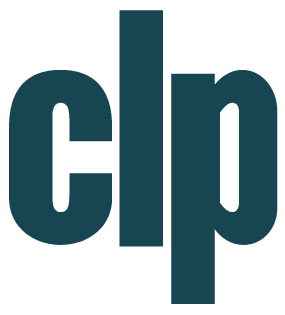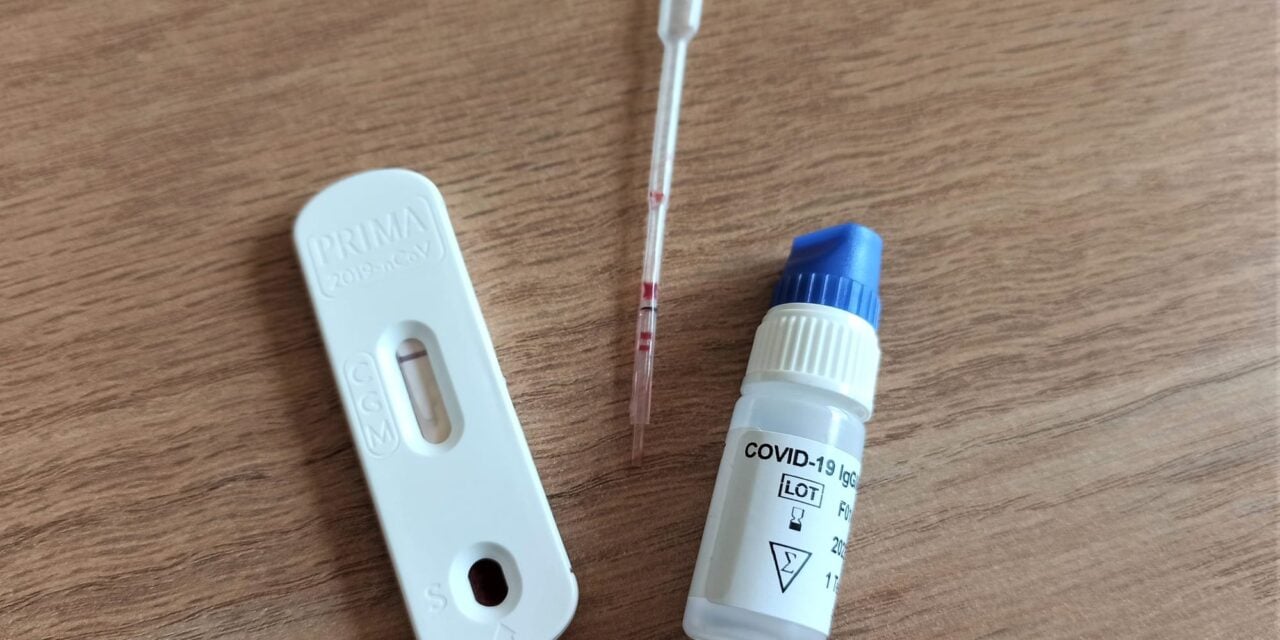Market growth driven by expanding clinical applications and regulatory innovation, with kits and reagents dominating product segments.
The global lateral flow assays market is expected to grow at a compound annual growth rate of 7.5% from 2025 to 2030, reaching approximately $12.1 billion by the end of the forecast period, according to a new report from Wissen Research.
The market was valued at $8.2 billion in 2024, with the US holding the majority share and projected to maintain its leadership position with a CAGR of 7.7% during the forecast period.
Kits and reagents dominated the lateral flow assay market by product type in 2024, driven by their role as essential consumable components for every diagnostic test. These single-use materials, including nitrocellulose membranes, conjugate pads, and buffer solutions, are required across point-of-care testing, home diagnostics, and veterinary screening applications.
The segment’s dominance is underscored by significant procurement volumes. According to WHO data cited in the report, over 500 million malaria rapid diagnostic test kits were distributed globally in 2023. Major diagnostic manufacturers including Abbott and QuidelOrtho maintain strategic supply partnerships with material specialists such as Merck KGaA and Sartorius to secure consistent access to gold nanoparticles and nitrocellulose membranes for their lateral flow assay production lines.
Clinical Testing Applications Lead Market Share
Clinical testing captured the largest market share by application in 2024, reflecting the technology’s role in point-of-care decision-making across acute and chronic care environments. These tests enable rapid diagnosis of time-sensitive conditions in emergency rooms, primary care centers, and field hospitals where delays in laboratory results could compromise patient outcomes.
Emergency departments worldwide utilize more than 100 million troponin lateral flow assays annually for suspected myocardial infarction cases, with results available in under 15 minutes to inform treatment decisions including thrombolytic therapy or catheterization procedures, according to the report.
Large health systems including Cleveland Clinic and Singapore General Hospital have established multi-year supply agreements with manufacturers such as Siemens Healthineers and Beckman Coulter to ensure uninterrupted access to cardiac marker, TSH, and HbA1c lateral flow assays for routine chronic disease monitoring.
North America Positioned for Strongest Growth
North America is projected to achieve the highest growth rate in the lateral flow assay market through 2030, fueled by regulatory innovation, advanced healthcare infrastructure, and early adoption of next-generation diagnostic technologies. Growth drivers include accelerated FDA approvals for novel lateral flow assay applications and integration with digital health platforms.
The FDA’s Breakthrough Device Program has expedited multiplexed lateral flow assays for sepsis and antibiotic resistance testing, enabling deployment in US emergency departments within six months of development. Technology companies including Apple and Google have partnered with lateral flow assay manufacturers such as Abbott and QuidelOrtho to integrate smartphone-based readers into consumer health platforms, expanding home testing capabilities for cardiac biomarkers and infectious diseases.
The market expansion reflects growing applications beyond traditional clinical settings into veterinary medicine, food safety testing, and environmental monitoring, supported by continued technological advances and regulatory framework developments.
ID 214478071 | Blood © Chenwenhsin | Dreamstime.com





